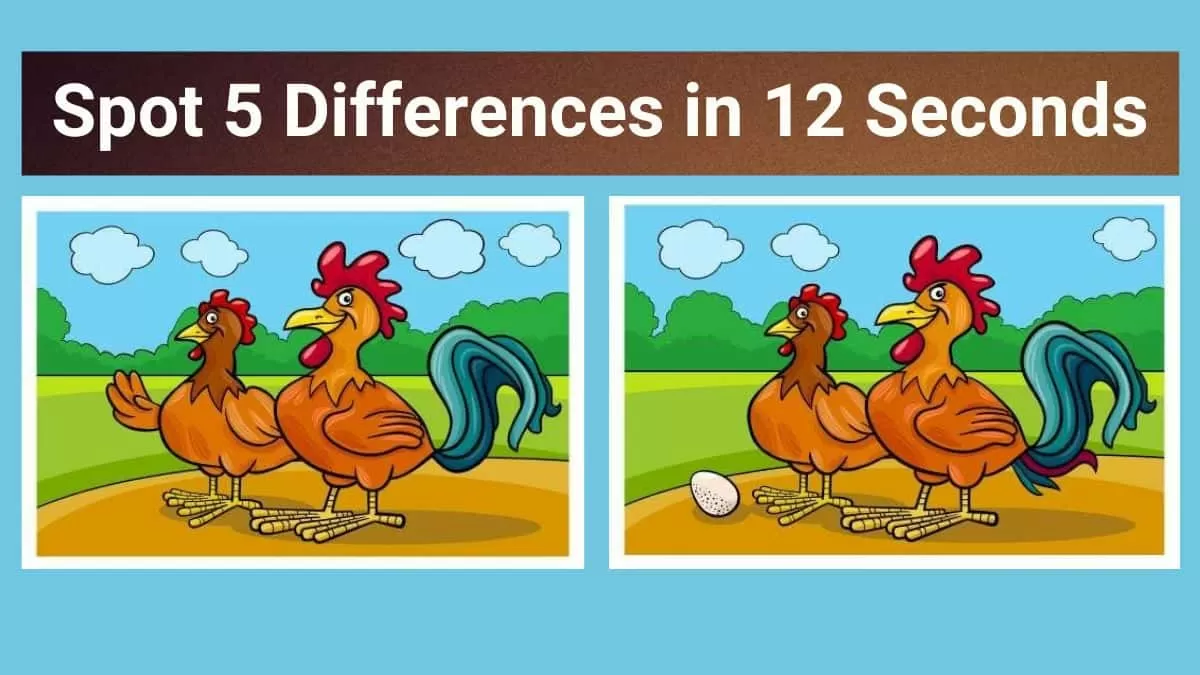In the sprawling realm of education, the terms “mathematics” and “arithmetic” are often used interchangeably, leading to a cloud of confusion for students and enthusiasts alike. While both are disciplines rooted in numbers, their scope, significance, and applications diverge in intriguing ways. This article seeks to elucidate the nuances between mathematics and arithmetic, promising a shift in perspective that will enhance your understanding and appreciation of both fields.
At its core, arithmetic is one of the earliest branches of mathematical study. It involves the manipulation of numbers through basic operations: addition, subtraction, multiplication, and division. These operations constitute the building blocks of numerical understanding and are critical for everyday calculations. Common tasks—balancing a checkbook, calculating change, or determining the total cost of a shopping trip—are all grounded in the principles of arithmetic. Yet, despite its essential role in daily life, arithmetic represents merely a fraction of the broader, more complex landscape of mathematics.
In contrast, mathematics is an expansive field that encompasses numerous branches, including algebra, geometry, calculus, statistics, and more. Essentially, mathematics can be viewed as the art and science of patterns and quantities, extending well beyond mere computations. While arithmetic focuses specifically on the techniques for handling numbers, mathematics delves into structures, relationships, and concepts that govern those numbers. As such, mathematics fosters critical thinking and problem-solving abilities that influence a wide range of disciplines—from the natural sciences to finance and even philosophy.
To illustrate this distinction, consider the interesting development of skills through the ages. In ancient civilizations, arithmetic was primarily concerned with counting and efficient trade practices. Egyptian and Babylonian scholars devised methods to perform calculations using simple algorithms. Here, arithmetic served a utilitarian purpose, providing the necessary tools to measure, count, and transact. But as societies progressed, the need for more advanced reasoning emerged, birthing the field of mathematics in its algebraic and geometric forms.
This evolution is key to understanding the different educational trajectories students embark upon. At the foundational levels of education, students typically engage in arithmetic with a strong emphasis on memorization and the rapid execution of calculations. However, as they ascend to higher levels of education—particularly in high school and university—the curriculum transforms. Students are prompted to tackle algebraic equations, analyze geometric properties, and explore the myriad functions and limits in calculus. It’s in this transition that many students begin to differentiate between arithmetic and mathematics.
Another distinction lies in the cognitive skills each discipline nurtures. Arithmetic tends to prioritize computational fluency, equipping individuals with the ability to perform calculations swiftly and accurately. This aspect is vital for basic daily tasks. On the other hand, engaging with mathematics cultivates abstract reasoning, logical thinking, and the ability to formulate and test hypotheses. It transforms the individual’s approach to not just numbers but also complex problem-solving scenarios, where creative thinking becomes just as crucial as technical skill.
Moreover, arithmetic is finite by nature, often characterized by a set of procedures that lead to definitive answers. Consider a simple problem, such as calculating the total of two plus two; the answer is invariably four. In contrast, mathematics is often imbued with uncertainty and complexity. In higher mathematics, problems do not always yield clear-cut solutions. Instead, they may offer multiple answers, compelling students to consider alternative methods, proofs, and theorems to arrive at a resolution. This embrace of ambiguity fosters resilience and persistence—qualities essential for success in an increasingly intricate world.
Some adept thinkers posit that while arithmetic and mathematics are separate entities, they are also symbiotic. A solid foundation in arithmetic paves the way for greater exploration into more advanced mathematical concepts. Without the ability to perform basic calculations fluently, grappling with the complexities of calculus or statistics can become a Herculean task. Thus, educators often emphasize this relationship, reinforcing the idea that proficiency in arithmetic enriches one’s mathematical journey.
In the professional realm, the distinction becomes even more pronounced. Fields such as engineering, physics, and computer science rely heavily on the principles of mathematics. Here, the application of mathematical theories and models is crucial to innovation and problem-solving. Meanwhile, arithmetic may still play a role, but it’s more about supporting the calculations rather than being the centerpiece of the discipline. Individuals navigating their careers will often find themselves utilizing a sophisticated understanding of mathematical principles, embracing models that require much more than the simple calculations derived from arithmetic.
Thus, recognizing the difference between arithmetic and mathematics reshapes one’s educational and professional perspective. It invites a deeper appreciation for the complexity of mathematical thinking and its profound implications in the world. Enthusiasts and learners alike are encouraged to embrace this distinction, adopting an expansive view of what it means to study mathematics in all its varied shapes and forms.
In conclusion, the dichotomy of arithmetic and mathematics provides fascinating insights into how we approach numbers and problem-solving in our lives. While arithmetic serves the immediate needs of everyday computations, mathematics opens up a world of critical thought, creativity, and abstraction. Understanding this relationship not only clarifies common confusions but also fosters a greater enthusiasm for the beauty and intricacies of numbers. Embrace the journey; the world of mathematics is vast, waiting to be explored.
